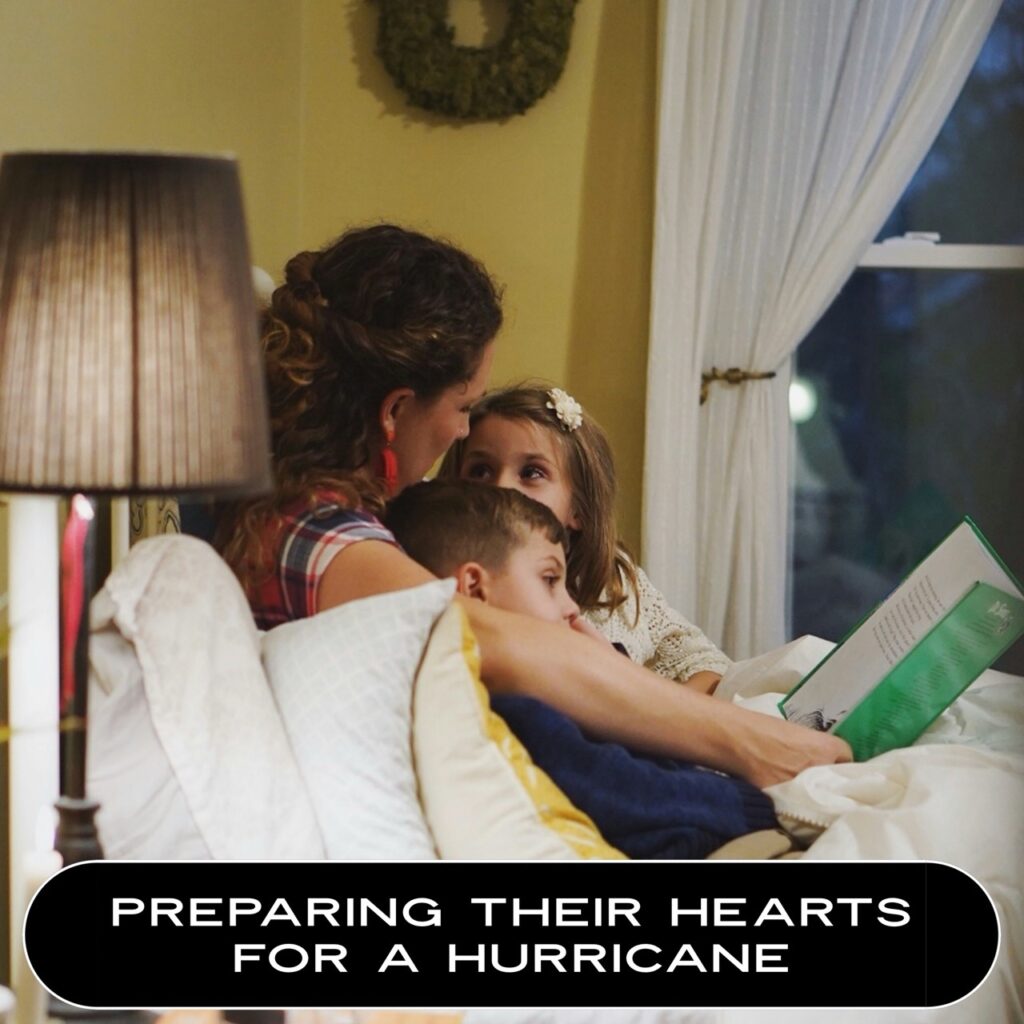When discussing an imminent hurricane with foster children, it’s important to approach the conversation with care, sensitivity, and reassurance. Here’s how foster parents can navigate these talks effectively:
1. Be Honest but Reassuring
– **Acknowledge the Situation**: Explain what a hurricane is in a calm, age-appropriate way. Let them know it’s a powerful storm, but that you are preparing to keep everyone safe.
– **Provide Reassurance**: Remind the children that you have a plan and are taking steps to protect the family. Emphasize that safety is your top priority.
2. Encourage Questions
– Allow the children to ask questions and express their feelings. Answer honestly, but don’t overwhelm them with too much information. If they ask something you don’t know, it’s okay to say you’ll find out together.
– Let them know that feeling scared or anxious is normal, and validate their emotions.
3. Stick to the Facts
– **Simplify the Explanation**: Explain what’s happening without adding too much detail that might cause unnecessary fear. For example, say, “A hurricane is a big storm with strong winds and rain, and we are going to make sure we are ready for it.”
– Focus on **positive actions** you are taking, like preparing supplies, securing the house, or planning where to go if you need to evacuate.
4. Involve Them in the Preparation
– Let children help in age-appropriate ways, like gathering supplies or packing a “go bag.” Giving them something to do can help them feel more in control.
– Involve them in preparing comfort items like stuffed animals, books, or games to bring with them.
5. Maintain a Sense of Routine
– Keep routines as normal as possible. This is especially important for foster children who may have experienced instability in the past. Routines offer a sense of security.
– Let them know what to expect during the storm and afterward (e.g., the lights may go out, it might be loud, but we will be together).
6. Watch for Signs of Anxiety or Fear
– Some foster children may have heightened anxieties due to previous traumatic experiences. Be observant of signs like withdrawing, clinging, or regressive behavior.
– Offer extra comfort and attention. Create a calming environment by playing soft music, reading, or engaging in relaxing activities together.
7. Use Storytelling or Play
– For younger children, use storytelling or role-play to help explain the hurricane. You could use toy figures to show how the family prepares for a storm and stays safe.
– Stories about overcoming challenges can help children feel brave and secure during uncertain times.
8. Stay Positive and Calm
– Children often mirror the emotions of the adults around them. Stay as calm as possible, even if you are feeling stressed. Your calmness will help reduce their anxiety.
By creating an environment of trust and safety, you can help foster children navigate the anxiety surrounding an imminent hurricane while feeling secure and protected in your care.



